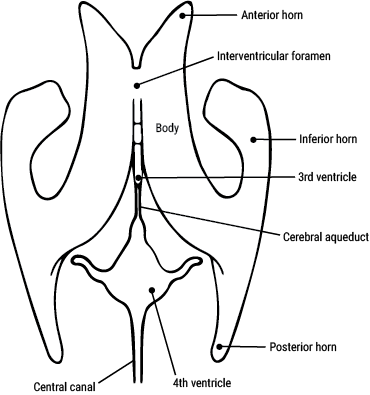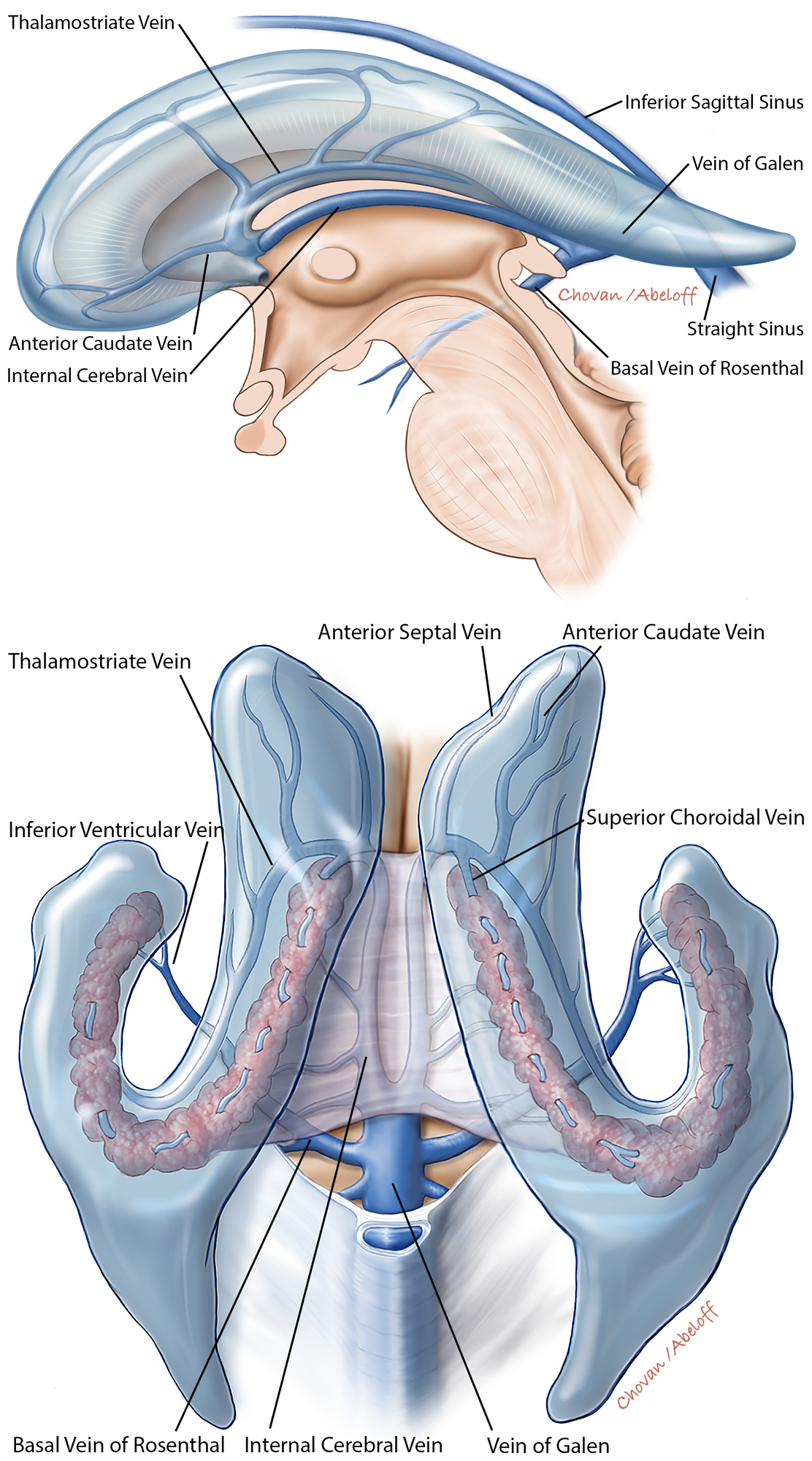

Therefore in 1933, Kirschner was able to develop a stereotactic instrument for thermal coagulation of the human gasserian ganglion to treat trigeminal neuralgia. Cranial landmarks did, however, reliably indicate the position of structures known to lie reasonably close to that landmark. Too much spatial variability existed between individual human brains to make reliance on bony reference planes reproducible and safe. Following this, the Horsley-Clarke apparatus was duplicated in many other medical school laboratories, and modifications of the original were developed for a variety of neurophysologic and anatomic investigations.ĮARLY HUMAN STEREOTACTIC SYSTEMS IN THE UNITED STATES (1933 - 1960)Īlthough the Horsley-Clarke coordinate system, based on cranial landmarks, was reasonably accurate for the reproducible localization of subcortical structures in small animals, anatomic variability between individual specimens troubled many early investigators including Clarke himself.
#Qarc ventricles altas series#
Sugar and Gerard then used it in a series of experiments that systematically studied electrical activity in the brains of cats and the effects of anoxia on these brain potentials. Shortly thereafter, the Horsley-Clarke apparatus was again reproduced at the University of Chicago. Ranson and Ingram then used this device in their classic studies on the reticular formation, midbrain, and hypothalamus.

It was not until 1932 that the Horsley-Clarke apparatus was copied from illustration in Horsley and Clarke's article and rebuilt at Northwestern University Medical School.

However, Mussen's stereotactic instrument was never used clinically as he was never able to convince a neurosurgeon to use the device. Mussen also developed a human stereotactic atlas based on cranial landmarks that was similar to Clarke's animal stereotactic atlas. It attached to the patient's head by ear bars, which were to be inserted into the external auditory canals, and a clamp fixed to the infraorbital ridge. This instrument was largely a modification of the original Horsley-Clarke apparatus. Extension of the technique for use in patients was fraught with great difficulty, however, due to the great variability between skull landmarks and cerebral structures in the human.Īubrey Mussen, a physiologist from the Montreal Neurological Institute, commissioned a London instrument maker to construct a human stereotactic frame in 1918. Nevertheless, Clarke submitted a patent application for a human stereotactic instrument in 1912. However, Horsley scoffed at this idea and reported this ended their well-known association. 1 - Horsley and Clarke's original animal stereotactic apparatusĬlarke suggested to Sir Victor Horsley that the stereotactic method could be useful in human neurosurgery. The cranial fixation points established the baselines of a three-dimensional Cartesian stereotactic coordinate system. The Horsley-Clarke Device was based on the reproducibility of the relationships between landmarks on the skull (external auditory canals, inferior orbital rims, midline) and anatomical structures within the brain of the experimental animal. In 1906 they wrote that "by this means every cubic millimeter of the brain could be studied and recorded." A more complete description of the stereotactic instrument, atlas, and methods was reported in their classic paper of 1908. The most definitive description of the principles and device for stereotaxis is usually credited to Robert Henry Clarke and Victory Horsley, in their detailing and design of an apparatus to study cerebellar function in the monkey. This device was actually used clinically on at least three occasions. Zernov, a Russian anatomist, subsequently developed the encephalometer, and arc-based guiding device based on polar coordinates that was designed for anatomic operations on the human brain. The first recorded use of guided probes in the neurophysiology laboratory was in 1873, when Dittmar in Ludwig's laboratory applied a uniquely designed guiding device to the medulla oblongata. Saunders Company (1991)ĭEVELOPMENT OF EXPERIMENTAL STEREOTACTIC SYSTEMS (1873-1932)


 0 kommentar(er)
0 kommentar(er)
